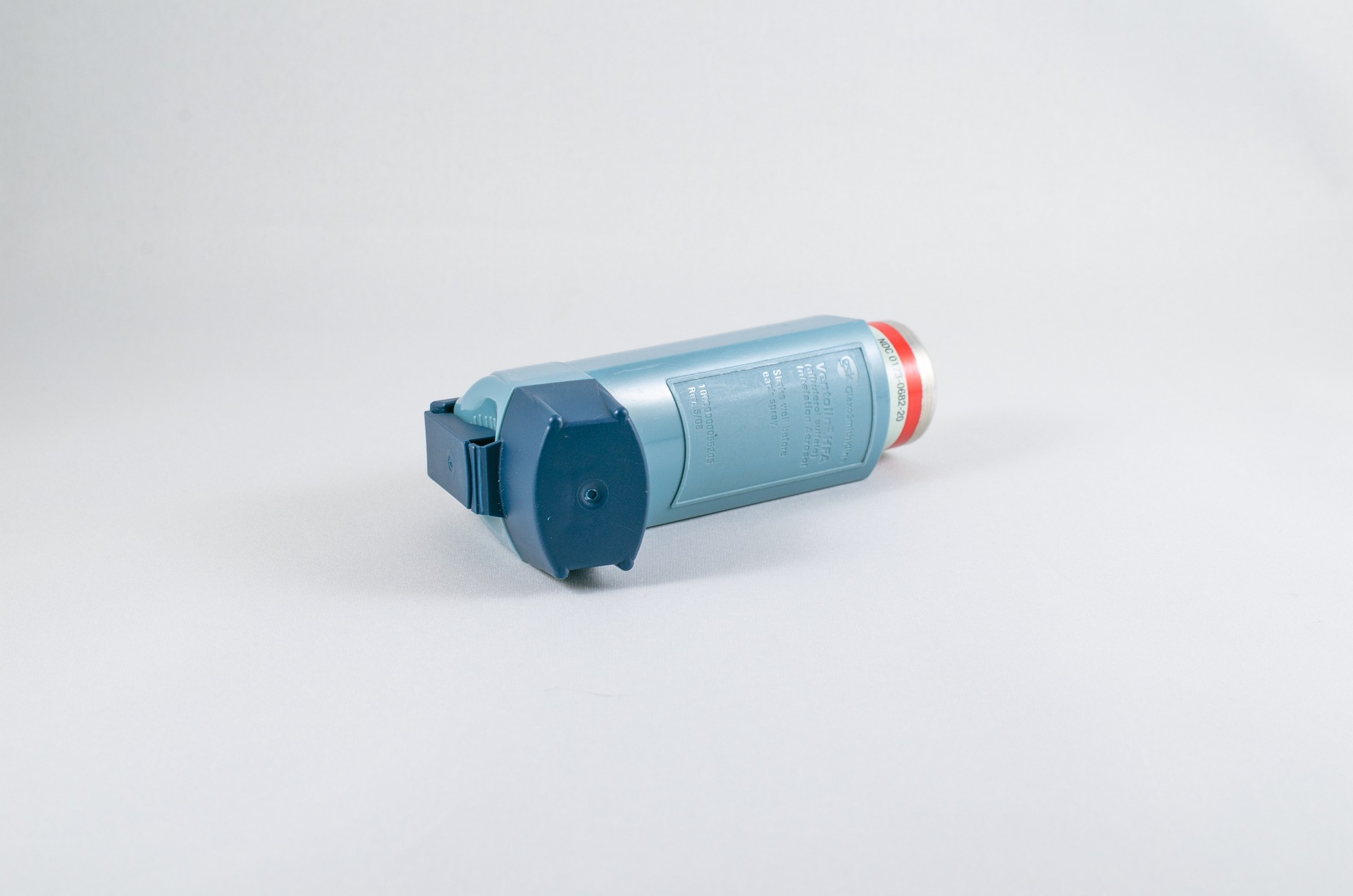Understanding Bronchial Asthma: Causes, Symptoms, and Management
Bronchial asthma is a chronic respiratory disorder that affects millions of people across the world, leading to varying degrees of breathing difficulty — from mild episodes to severe, potentially life-threatening attacks. The condition arises when the airways inside the lungs become inflamed, narrow, and filled with excess mucus, restricting airflow and making it difficult to breathe. Gaining a clear understanding of this condition, recognizing its symptoms, and learning how to manage it effectively can make a profound difference in maintaining lung health and improving day-to-day quality of life.

Bronchial asthma is a chronic inflammatory disease of the airways that affects people of all ages, though it often begins in childhood. The condition occurs when the bronchial tubes become inflamed, swollen, and produce excess mucus, making it difficult for air to flow in and out of the lungs. During an asthma attack, the muscles around the airways tighten, further restricting breathing and creating the characteristic wheezing sound.
Understanding Bronchial Asthma and How to Deal With it
Bronchial asthma involves three main changes in the airways: inflammation of the lining, tightening of the muscles around the airways, and increased mucus production. These changes work together to narrow the breathing passages, making it harder to breathe. The condition can vary significantly from person to person, with some experiencing mild, occasional symptoms while others face daily challenges with breathing.
Effective management requires a comprehensive approach that includes identifying triggers, following a prescribed medication regimen, and developing an action plan with healthcare providers. Regular monitoring of symptoms and peak flow measurements can help individuals recognize when their asthma is worsening and take appropriate action.
Causes and Early Warning Signs
The exact cause of bronchial asthma remains unclear, but research indicates it results from a combination of genetic and environmental factors. Family history plays a significant role, as children with asthmatic parents are more likely to develop the condition. Environmental triggers include allergens such as dust mites, pet dander, pollen, and mold, as well as irritants like smoke, strong odors, and air pollution.
Early warning signs of an asthma attack can appear hours or days before breathing becomes severely restricted. These signs include increased coughing, especially at night or early morning, slight shortness of breath during normal activities, feeling tired or weak during exercise, and changes in mood or behavior. Recognizing these early indicators allows for prompt intervention with rescue medications.
Key Facts About Bronchial Asthma
Bronchial asthma affects approximately 300 million people worldwide, making it one of the most common chronic diseases. The condition is responsible for significant healthcare costs and lost productivity, but with proper management, most people with asthma can maintain normal activity levels. Asthma symptoms can be controlled with appropriate medications, typically including long-term control medicines and quick-relief rescue inhalers.
Contrary to common misconceptions, asthma is not caused by emotional factors, though stress can trigger symptoms in some individuals. The condition also cannot be outgrown, although symptoms may change over time. Some children experience fewer symptoms as they age, while others may see their asthma persist or even worsen in adulthood.
Bronchial Asthma Guide
Successful asthma management involves working closely with healthcare providers to develop a personalized treatment plan. This typically includes daily controller medications to prevent symptoms and quick-relief medications for acute episodes. Inhaled corticosteroids are commonly prescribed as long-term control medications, while short-acting beta-agonists serve as rescue medications during attacks.
Environmental control measures play a crucial role in reducing asthma symptoms. These include using allergen-proof bedding covers, maintaining low humidity levels, regular cleaning to reduce dust and allergens, and avoiding known triggers. Regular exercise is beneficial for people with asthma, though activities should be chosen carefully and may require pre-medication in some cases.
| Treatment Type | Provider/Brand | Cost Estimation |
|---|---|---|
| Inhaled Corticosteroids | Flovent, Pulmicort, QVAR | $150-$300 per month |
| Rescue Inhalers | ProAir, Ventolin, Xopenex | $50-$80 per inhaler |
| Allergy Testing | Local allergist clinics | $200-$500 per session |
| Peak Flow Meter | Various pharmacy brands | $15-$40 |
| Air Purifiers | Honeywell, Dyson, Blueair | $100-$600 |
Prices, rates, or cost estimates mentioned in this article are based on the latest available information but may change over time. Independent research is advised before making financial decisions.
Regular follow-up appointments with healthcare providers are essential for monitoring asthma control and adjusting treatment plans as needed. These visits typically include lung function tests, review of symptoms and medication use, and updates to the asthma action plan. Patients should also receive annual influenza vaccinations, as respiratory infections can trigger severe asthma episodes.
Education about proper inhaler technique is crucial, as incorrect use significantly reduces medication effectiveness. Many people do not use their inhalers correctly, leading to poor symptom control. Healthcare providers should demonstrate proper technique and observe patients using their devices to ensure optimal medication delivery.
This article is for informational purposes only and should not be considered medical advice. Please consult a qualified healthcare professional for personalized guidance and treatment.




